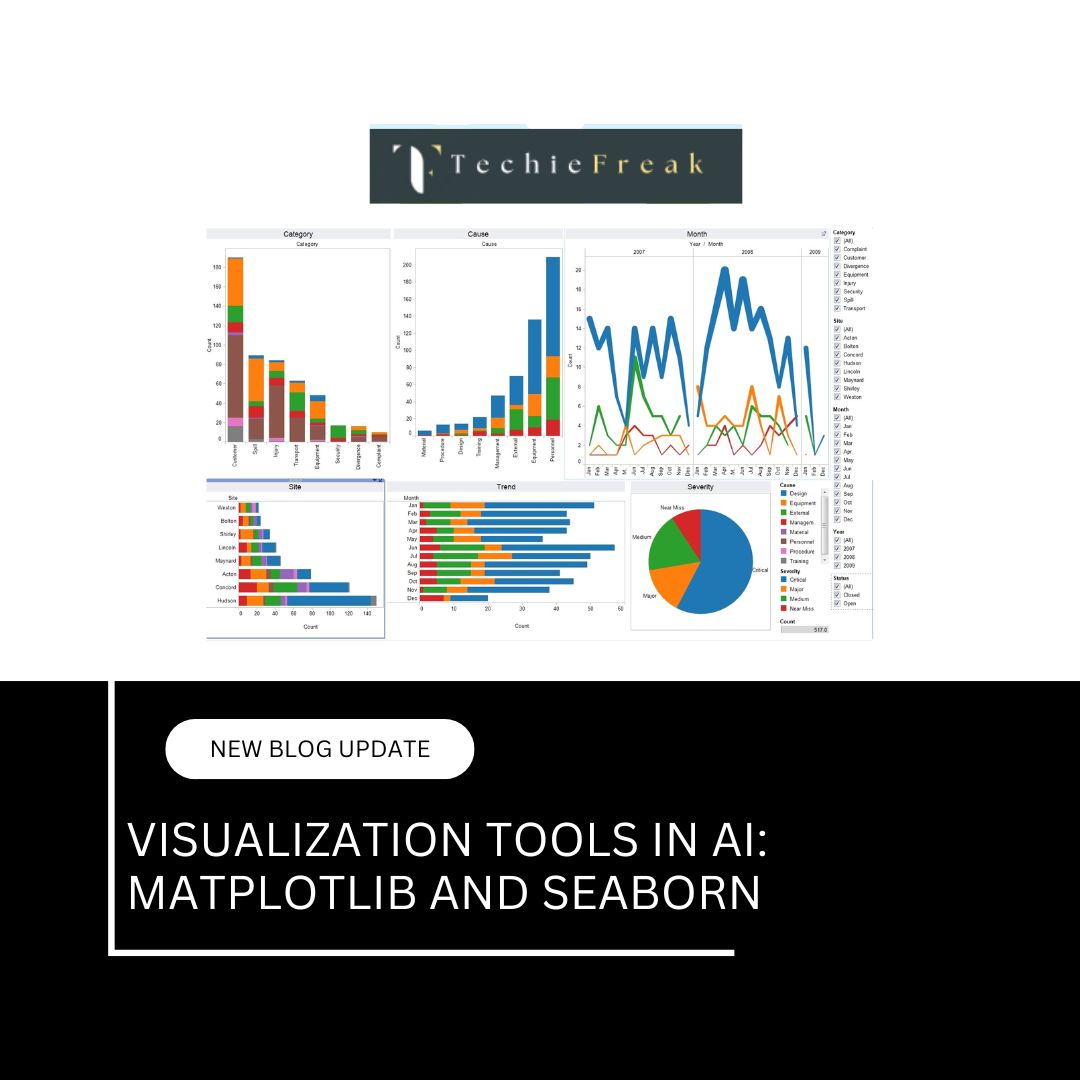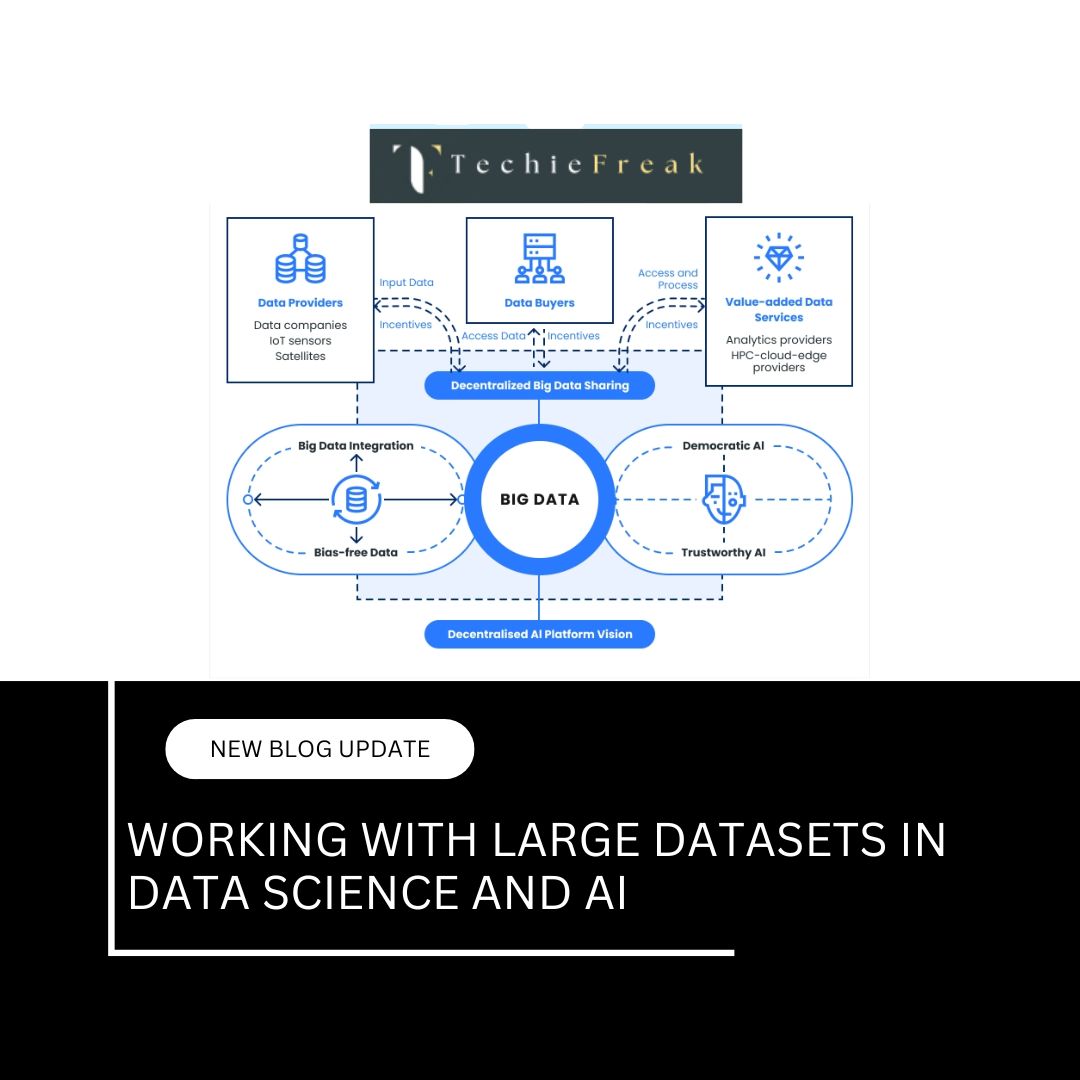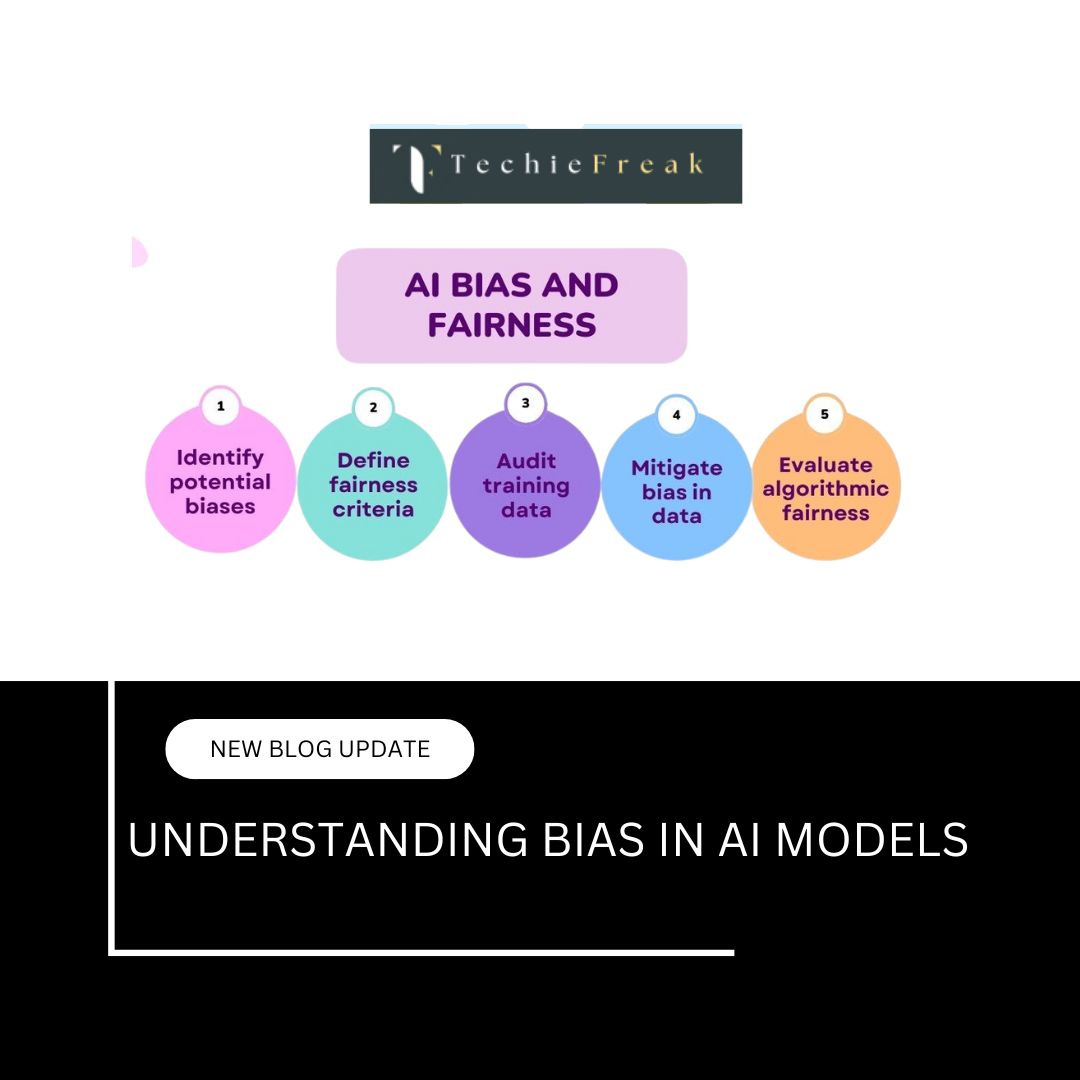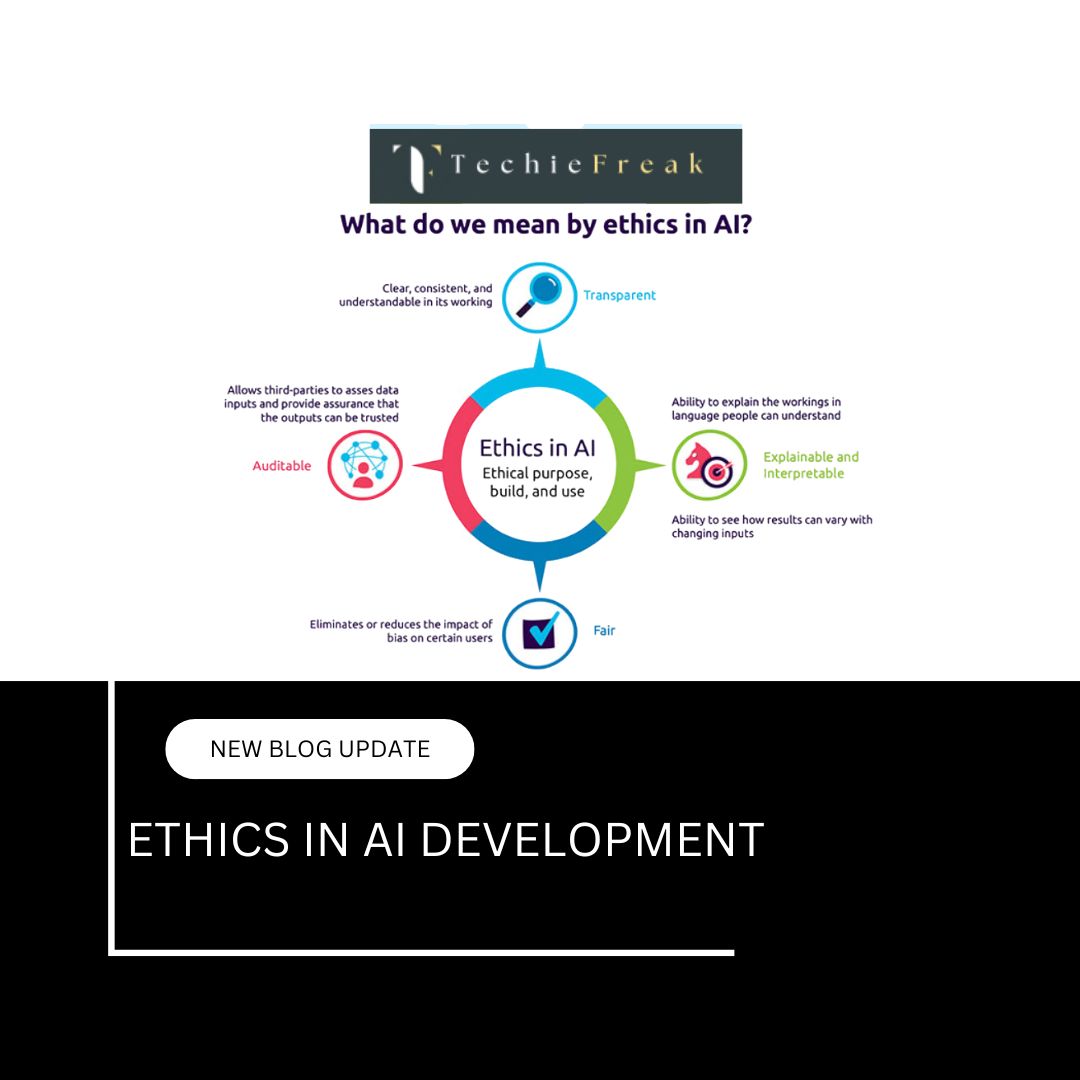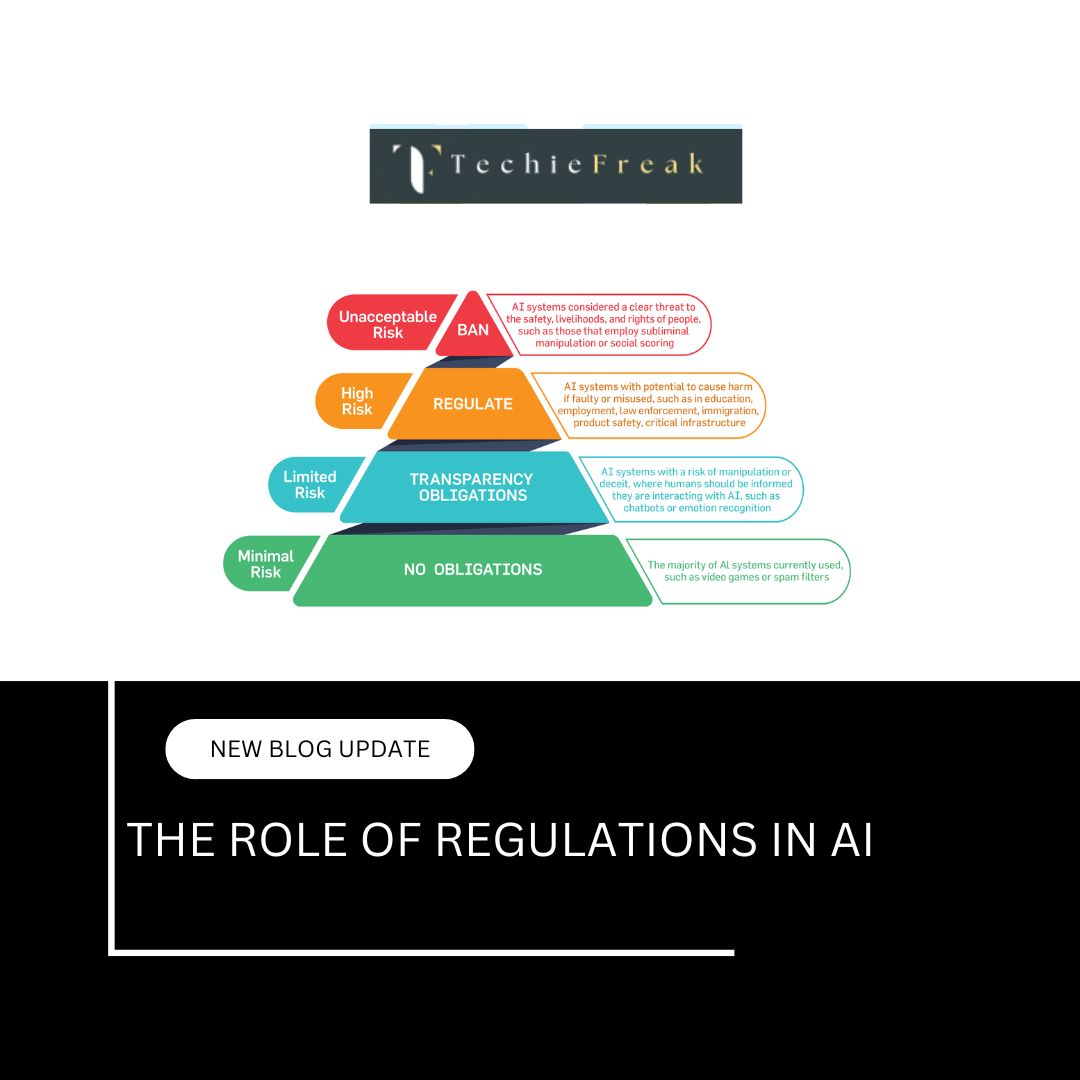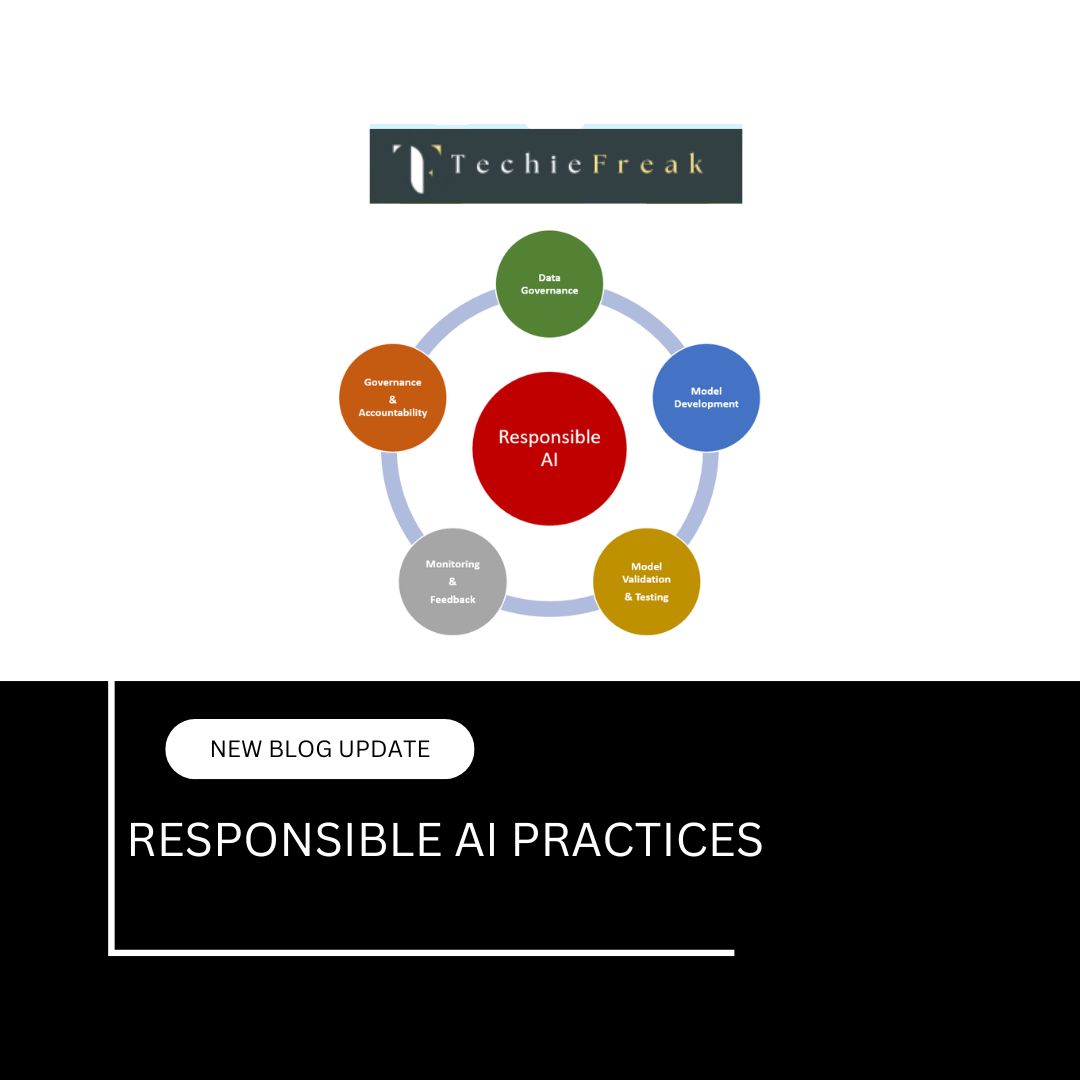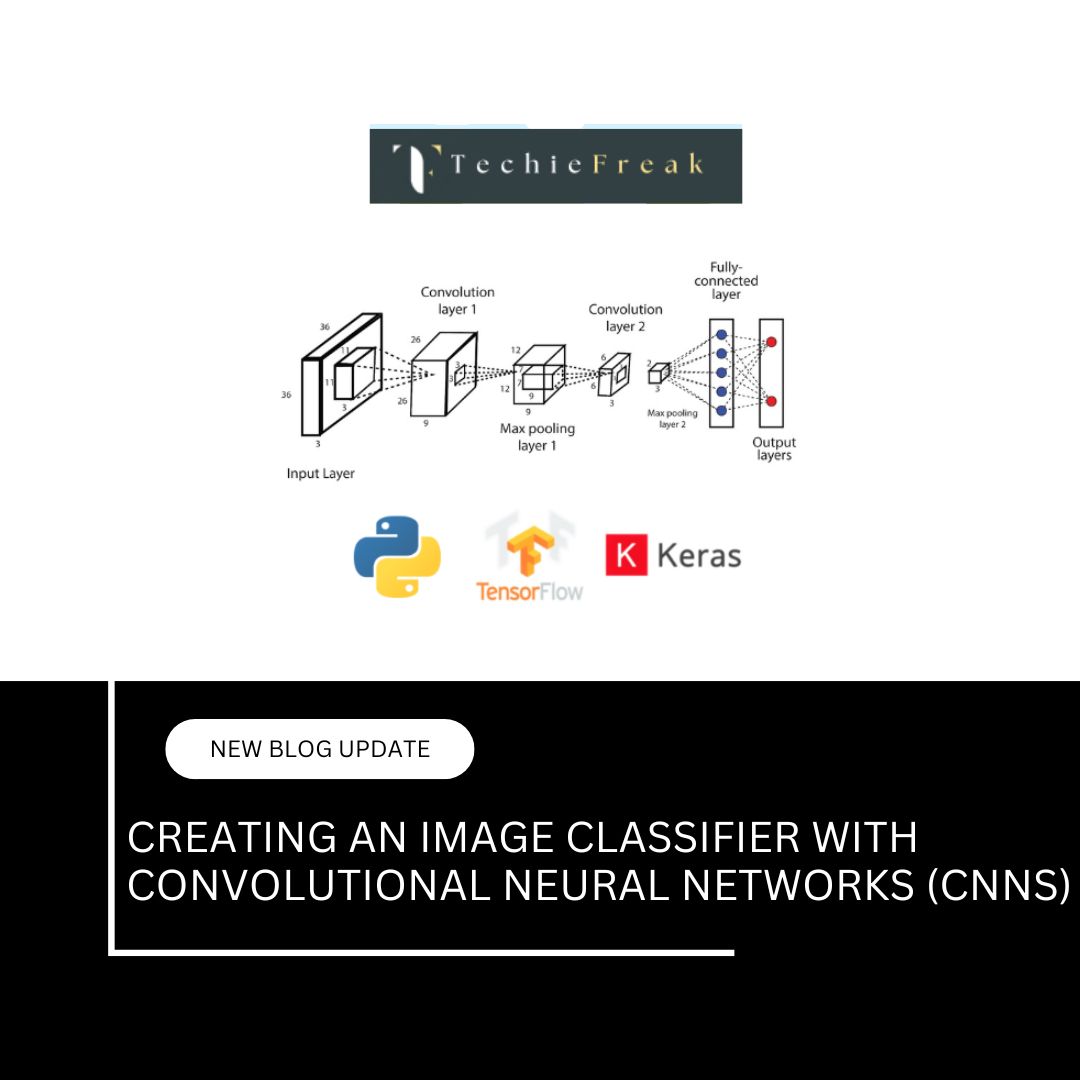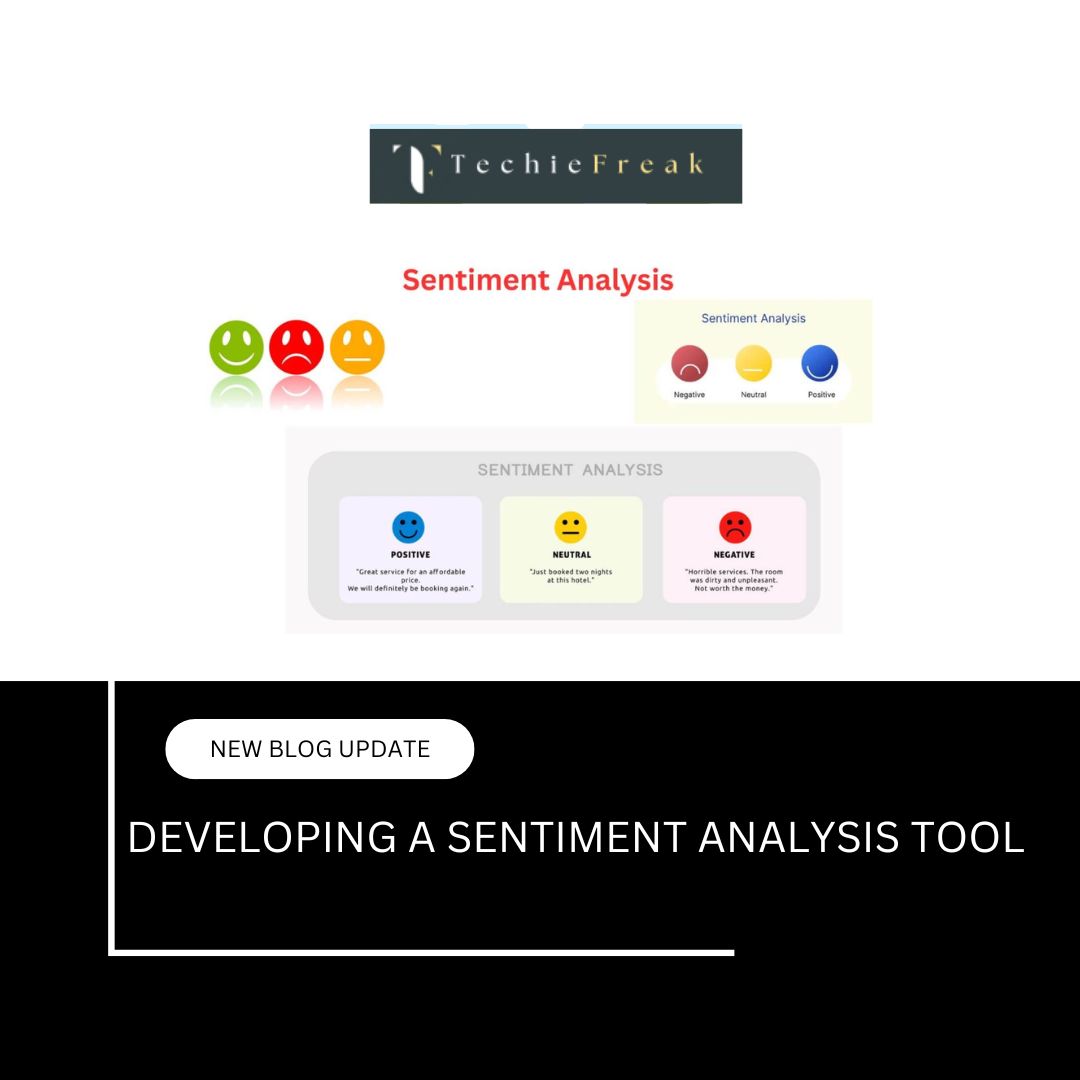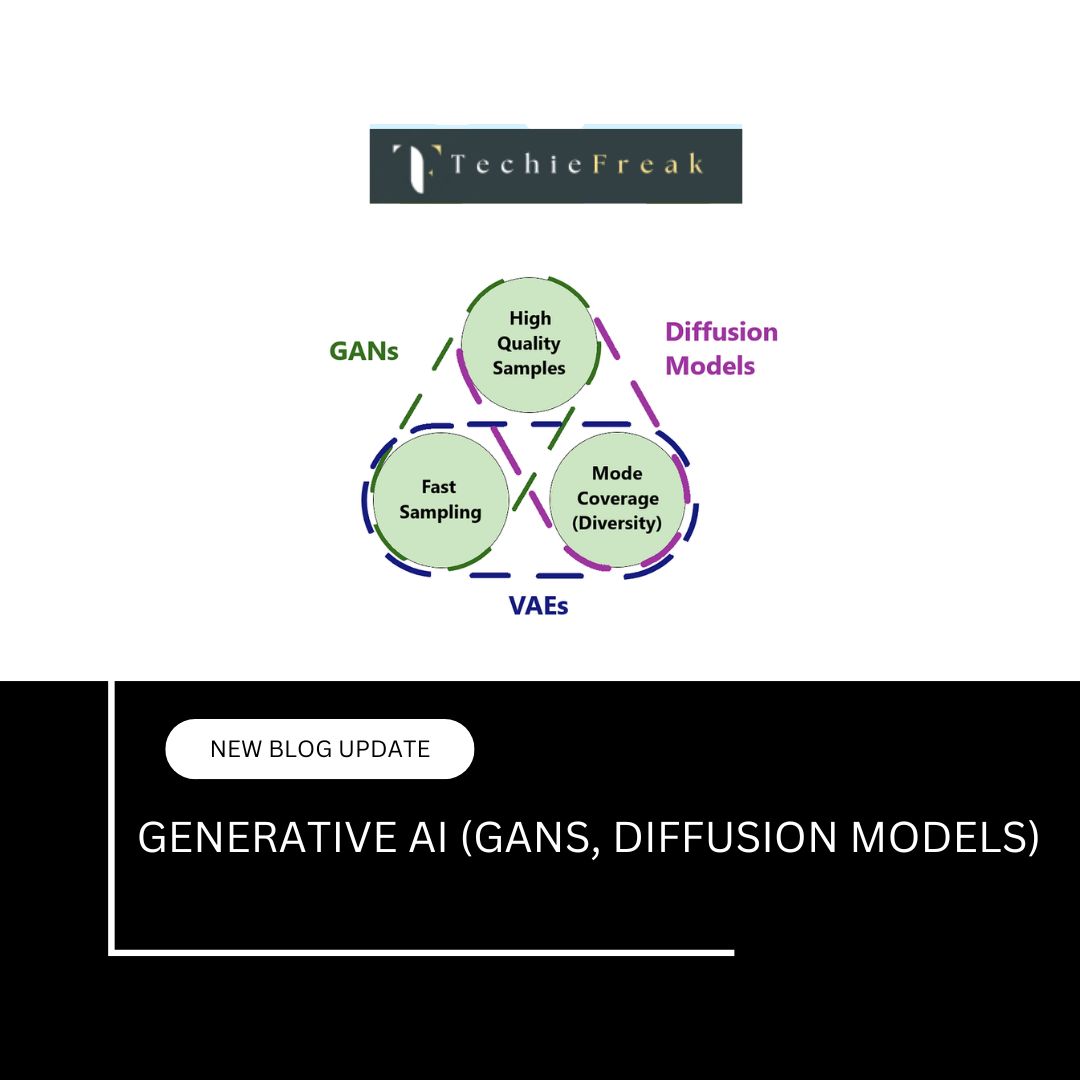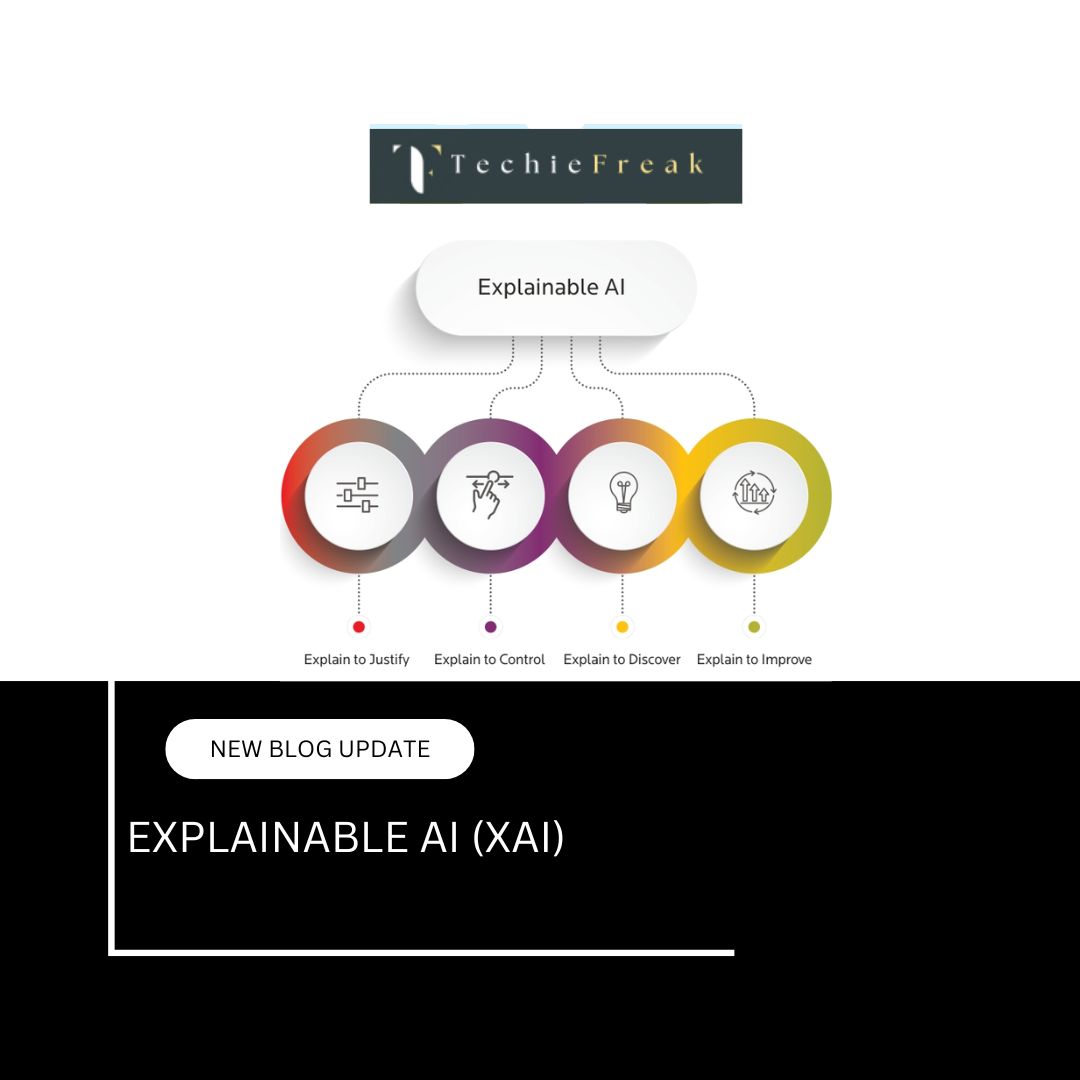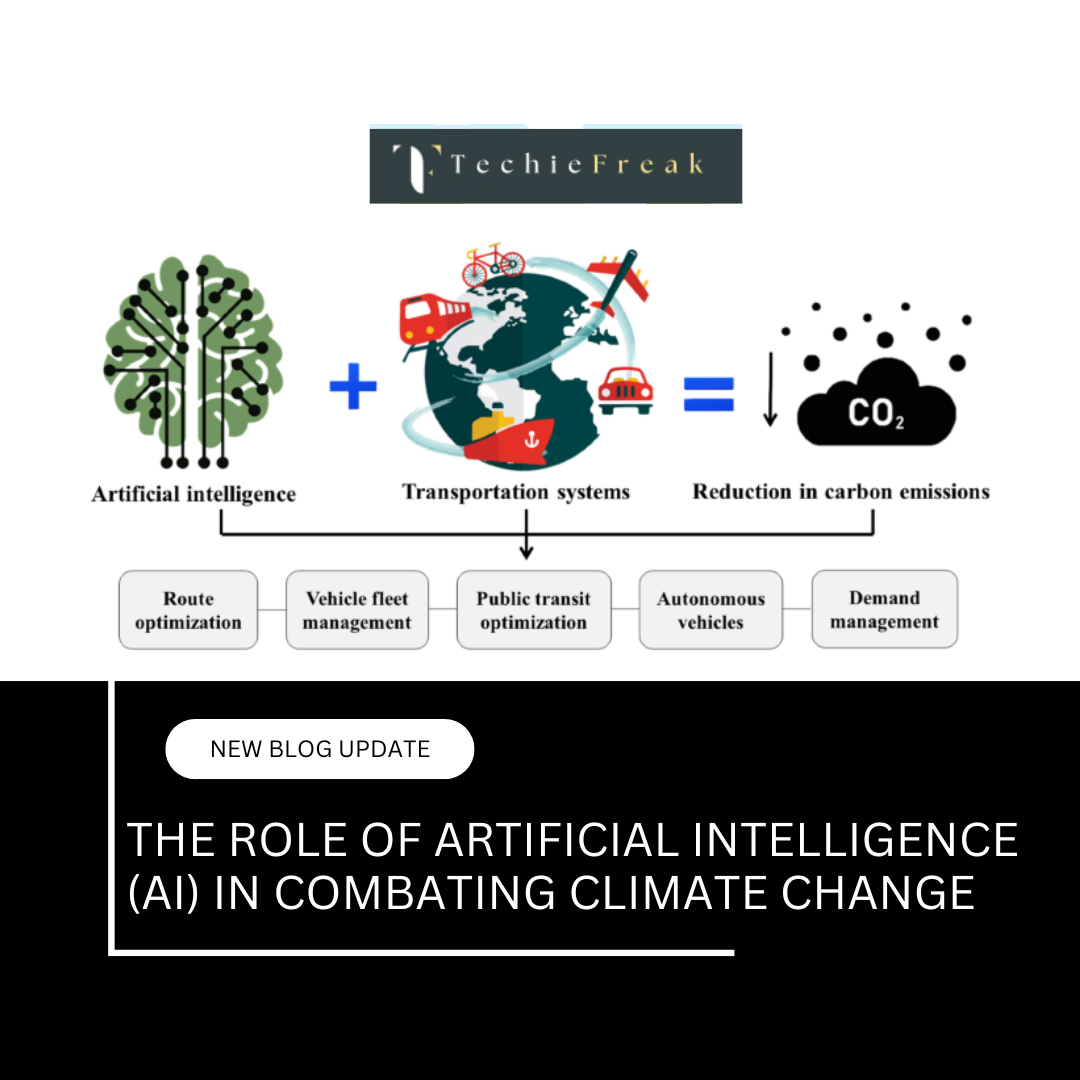Image Preprocessing Techniques for Computer Vision
Introduction
Computer vision models rely on high-quality image data to achieve accurate predictions. However, raw images often contain noise, varying dimensions, and inconsistencies that can affect model performance. Image preprocessing techniques help refine these images, making them more suitable for training and inference. In this blog, we will explore essential image preprocessing techniques such as resizing, normalization, and data augmentation, along with their implementations in Python using OpenCV and TensorFlow.
Why is Image Preprocessing Important?
Image preprocessing is a fundamental step in computer vision that enhances image quality, ensures consistency, and improves feature extraction. It prepares images for machine learning models by reducing noise, adjusting dimensions, and applying transformations that make patterns more recognizable. Without preprocessing, raw images may contain variations in size, brightness, and quality, which can hinder model performance.
Key Benefits of Image Preprocessing
1. Standardization: Ensuring Consistency in Image Dimensions and Formats
Images used in machine learning models often come in different resolutions, sizes, and formats. This inconsistency can lead to computational inefficiencies and difficulties in feature extraction. Standardization ensures that all images are uniform, allowing models to learn patterns more effectively.
- Resizing adjusts images to a fixed size while maintaining essential features.
- Aspect Ratio Scaling prevents distortion when resizing images.
- Padding ensures images maintain their proportions without altering important details.
2. Noise Reduction: Eliminating Unwanted Artifacts
Noise in images can be caused by lighting variations, sensor imperfections, or environmental factors. It can obscure key features and reduce the effectiveness of object detection and classification.
- Smoothing techniques reduce high-frequency noise while preserving important structures.
- Filtering methods remove distortions while maintaining critical edges and textures.
- Normalization helps adjust pixel intensity values to a specific range, improving consistency.
3. Feature Enhancement: Highlighting Key Information
Raw images may not effectively highlight important patterns such as edges, textures, and shapes. Enhancing these features allows neural networks to distinguish between different objects more effectively.
- Contrast adjustment improves brightness levels, making key elements stand out.
- Edge detection techniques identify boundaries and shapes within an image.
- Sharpening methods enhance fine details, making objects clearer for classification.
4. Data Expansion: Increasing Dataset Size with Augmentation
Deep learning models require large amounts of data to generalize well. However, acquiring labeled datasets is time-consuming and costly. Data augmentation artificially expands the dataset by introducing variations in images, improving model robustness and reducing overfitting.
- Rotation and flipping create multiple perspectives of the same image.
- Zooming and cropping simulate different viewing distances.
- Brightness and contrast adjustments help models adapt to various lighting conditions.
Resizing: Standardizing Image Dimensions
What is Resizing?
Resizing involves altering the dimensions of an image to a fixed size, ensuring uniformity across the dataset. Many deep learning models require input images of a specific shape (e.g., 224x224 for ResNet models).
Why is resizing important?
- Machine learning models require input images of a fixed size.
- Different images have varying dimensions, and resizing ensures uniformity.
- Smaller image sizes speed up computations without losing significant information.
Common Resizing Methods
- Aspect Ratio Scaling: Maintains the original proportions of the image.
- Stretching: Adjusts the image to fit a specific size, which may distort the object.
- Cropping & Padding: Crops the image or adds padding to maintain aspect ratio.
Implementation in Python using OpenCV
import cv2
import numpy as np
# Load an image
image = cv2.imread("sample.jpg")
# Resize to 224x224
resized_image = cv2.resize(image, (224, 224))
# Display the resized image
cv2.imshow("Resized Image", resized_image)
cv2.waitKey(0)
cv2.destroyAllWindows()
Implementation using TensorFlow/Keras
import tensorflow as tf
from tensorflow.keras.preprocessing.image import load_img, img_to_array
# Load an image
image = load_img("sample.jpg")
# Resize using Keras
resized_image = image.resize((224, 224))
# Convert to array
image_array = img_to_array(resized_image)
Normalization: Adjusting Pixel Values
What is Normalization?
Normalization scales pixel values to a specific range to improve model stability and convergence.
Why is normalization important?
- Pixel values range from 0 to 255, which can create large numerical variations.
- Normalization scales pixel values to a smaller range (0 to 1 or -1 to 1), improving model performance.
Common Normalization Techniques
- Min-Max Scaling: Converts pixel values to a range of [0,1].
- Z-Score Normalization: Standardizes values with mean = 0 and standard deviation = 1
Implementation in Python
# Convert image to array
image_array = np.array(resized_image, dtype=np.float32)
# Normalize pixel values to [0,1]
norm_image = image_array / 255.0
# Normalize to [-1,1]
norm_image = (image_array / 127.5) - 1
Data Augmentation: Enhancing the Dataset
What is Data Augmentation?
Data augmentation artificially increases the dataset size by applying transformations such as rotation, flipping, zooming, and shifting. This helps improve model generalization and reduces overfitting.
Common Data Augmentation Techniques
- Rotation: Randomly rotating the image.
- Flipping: Horizontally or vertically flipping an image.
- Zooming: Scaling the image inward or outward.
- Brightness Adjustment: Modifying image brightness.
Implementation using TensorFlow/Keras
from tensorflow.keras.preprocessing.image import ImageDataGenerator
datagen = ImageDataGenerator(
rotation_range=30,
width_shift_range=0.2,
height_shift_range=0.2,
zoom_range=0.2,
horizontal_flip=True,
brightness_range=[0.8, 1.2]
)
# Load an image and apply transformations
image = img_to_array(load_img("sample.jpg"))
image = np.expand_dims(image, axis=0)
augmented_image = datagen.flow(image, batch_size=1)
# Display augmented image
import matplotlib.pyplot as plt
plt.imshow(augmented_image[0][0].astype('uint8'))
plt.show()
Key Takeaways
Image preprocessing is an essential step in computer vision to improve data quality and model performance. Resizing ensures uniform input dimensions, normalization stabilizes pixel values, and data augmentation enhances dataset variability. By applying these techniques, we can build more robust and accurate deep learning models.
Next Blog- Object Detection and Classification in Computer Vision
.png)






.jpg)





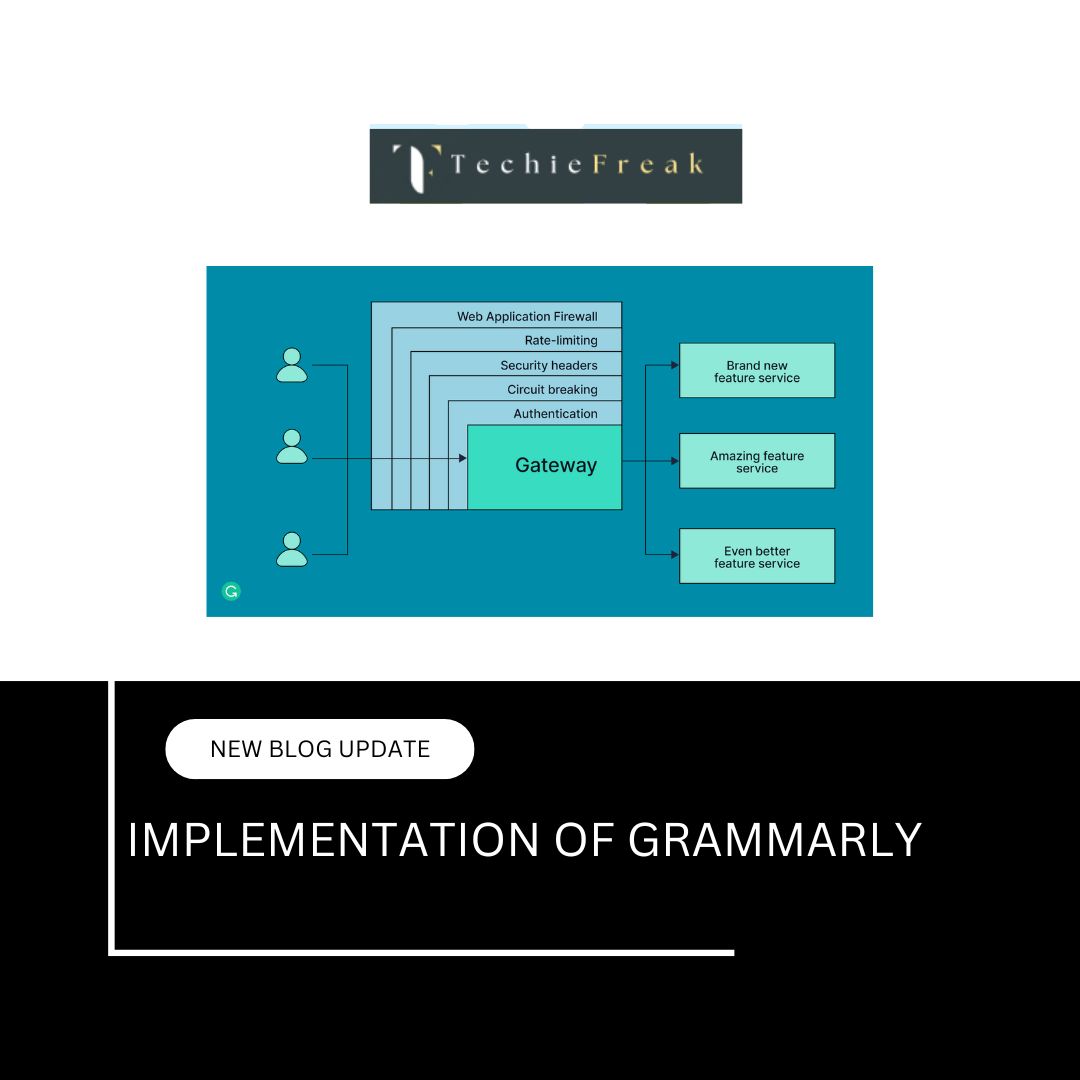







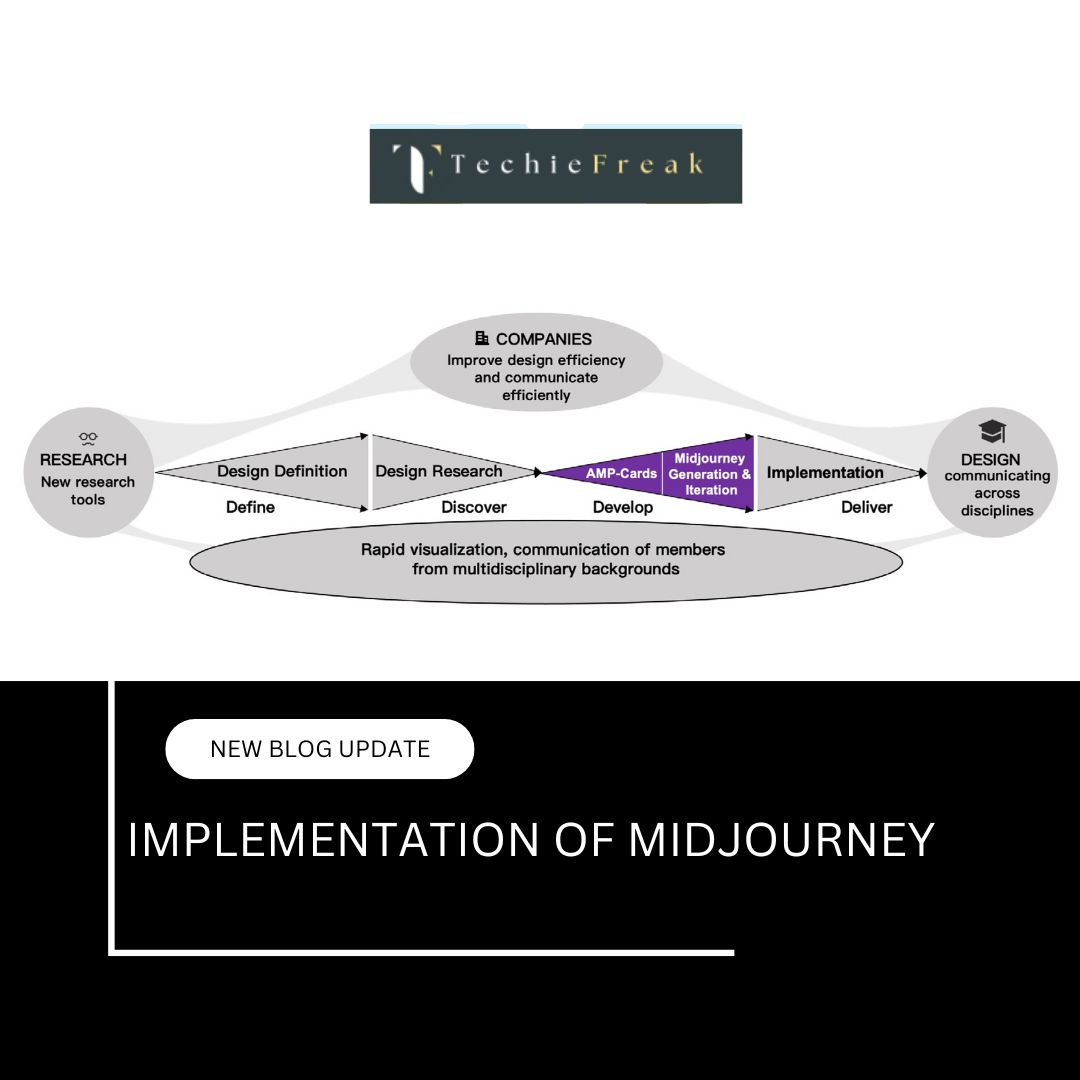
.jpg)


.png)
.png)
.png)
.png)
.png)
.png)
.png)
.png)
.png)
.png)
.png)
.png)
.png)
.png)
.png)
.png)
.png)
.png)
.png)
.png)
.png)
.png)
.png)
.png)
.png)
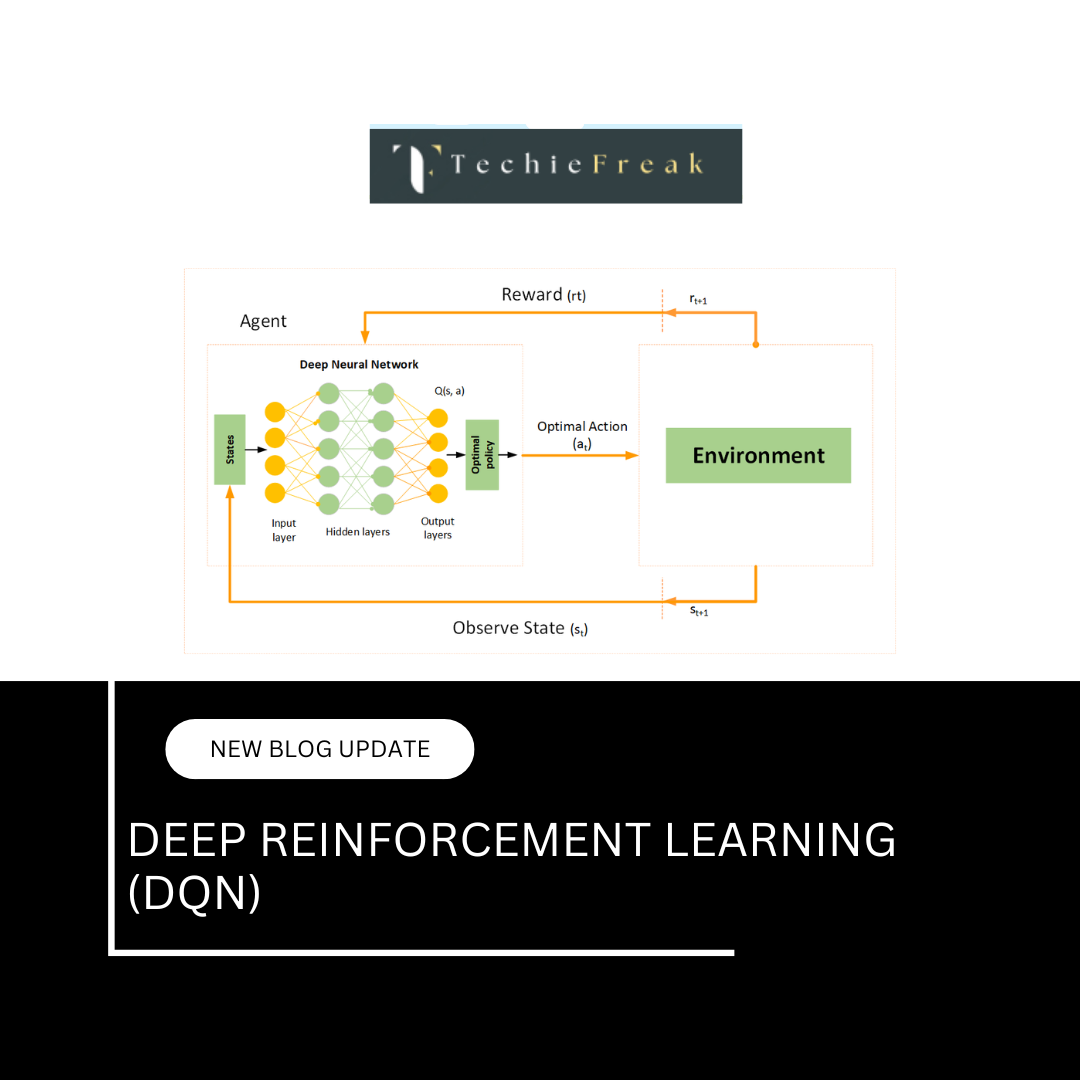
.png)
.png)
.png)
.png)
.png)
.png)

.png)




